Model of the month January 2023 Mitsubishi Ki
Nice and fast …, the Mitsubishi Ki. 46 II
From original to the model
An independent part of the collections of the Aviation Museum Hannover-Laatzen are the more than 1,000 scale models, mainly of the international standards 1/72 and 1/48.
Such true-to-the-original miniatures enable viewers of museum technology history to get an "overview", not only of the individual exhibit (sometimes even as the only possibility of a three-dimensional display if there is no surviving original), but also of lines of development in aircraft construction by means of the possible arrangement and juxtaposition here; sometimes they even close gaps in the presentation of the originals. Their craftsmanship alone is a pleasure to behold.
Translated with www.DeepL.com/Translator (free version)
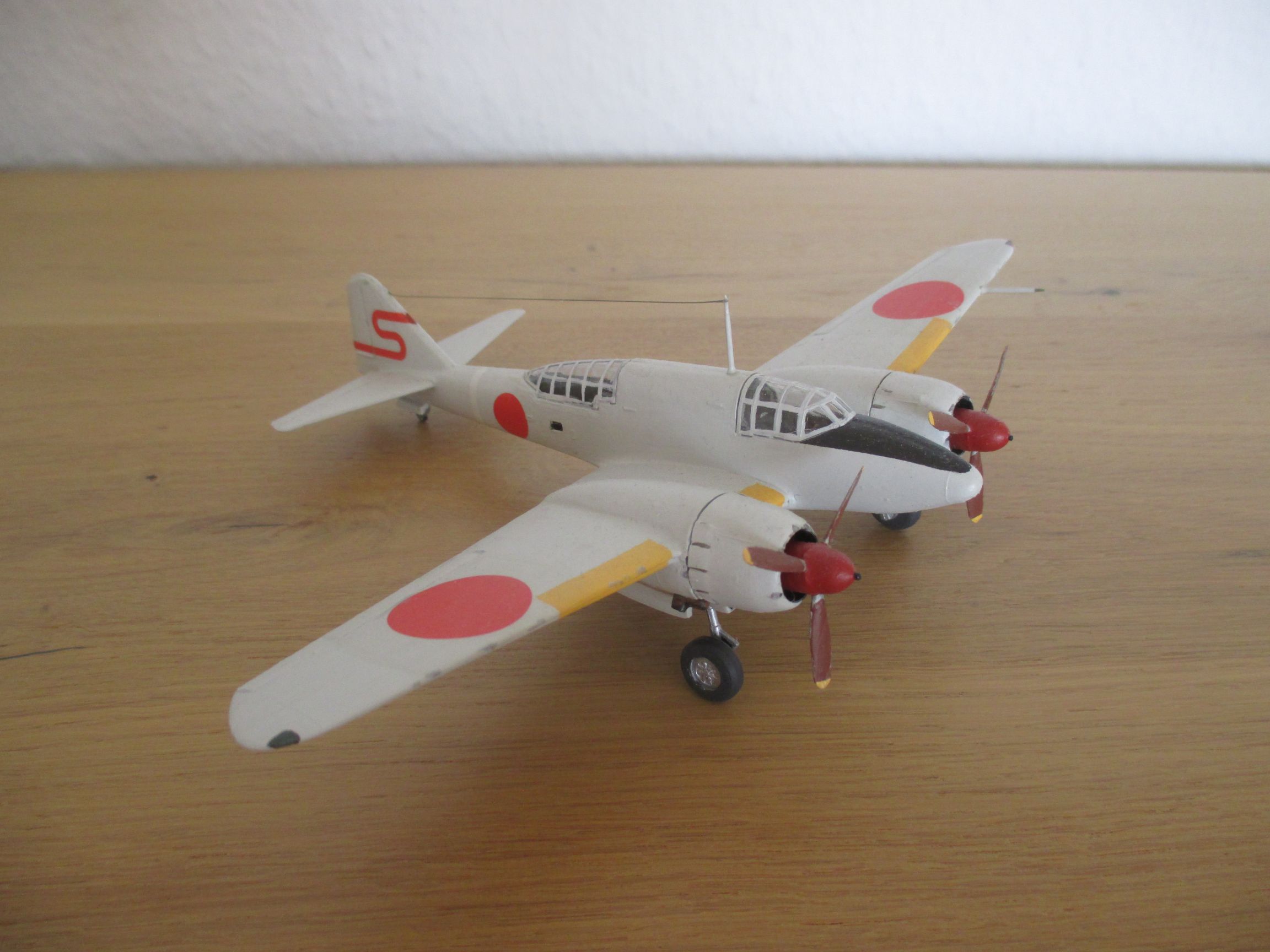
Today, in our 'Model of the Month' series, we present the Japanese long-range reconnaissance aircraft Mitsubishi Ki. 46, one of the most beautifully designed twin-engine designs and, with its performance characteristics, true "high-tech" from Nippon in the early 1940s.
The modell: Solide…
Airfix released this 1/72 kit in 1965. Our example from the museum collection dates from 1978. In the golden age of plastic modeling, this was a solid kit with 51 parts including a decal set of two possible decorations.
Our model shows an aircraft of the 76th Reconnaissance Squadron of the Imperial Japanese Army Air Force, deployed in the East Indies in 1943.
The original: Extraordinary!
At the beginning of the Pacific War in 1941, the Mitsubishi Ki. 46 II was the fastest reconnaissance aircraft there at 604 km/h, as well as one of the fastest twin-engine types in the world. A technical commission from Germany actually recommended that it be built under license for the Luftwaffe (which did not happen), while the "Dinah," its Allied code name, mostly outflew U.S. and British fighters in the first year of the war. This superior speed meant that the defensive armament of a 7.7 mm MG in the rear cockpit was often even removed.
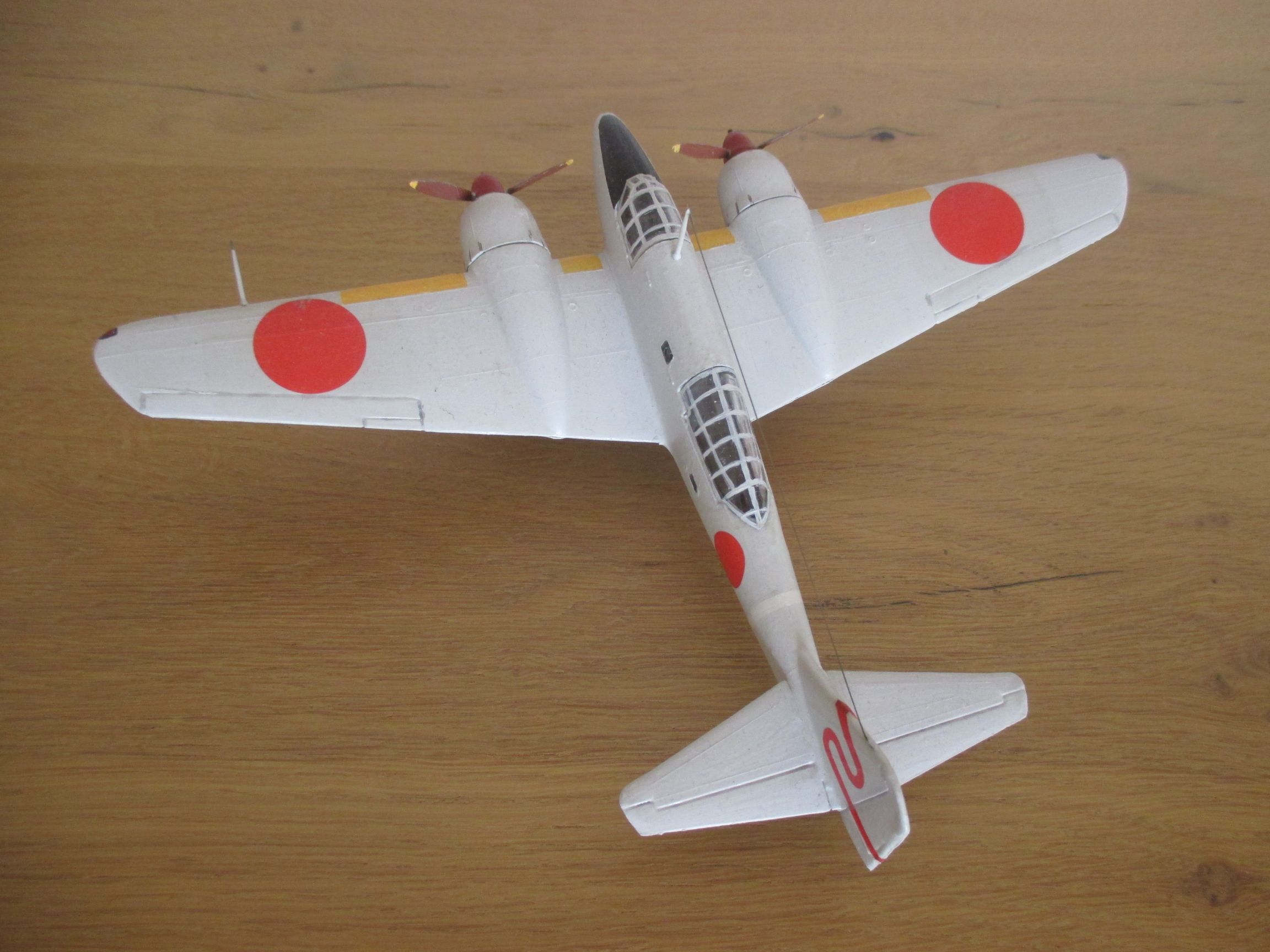
This was made possible by the aerodynamically excellent design and the two powerful twin-star Mitsubishi Ha. 102 engines with 1,050 hp each, which very soon replaced the weaker engines of the Ha. 26-I of the first version on the assembly lines.
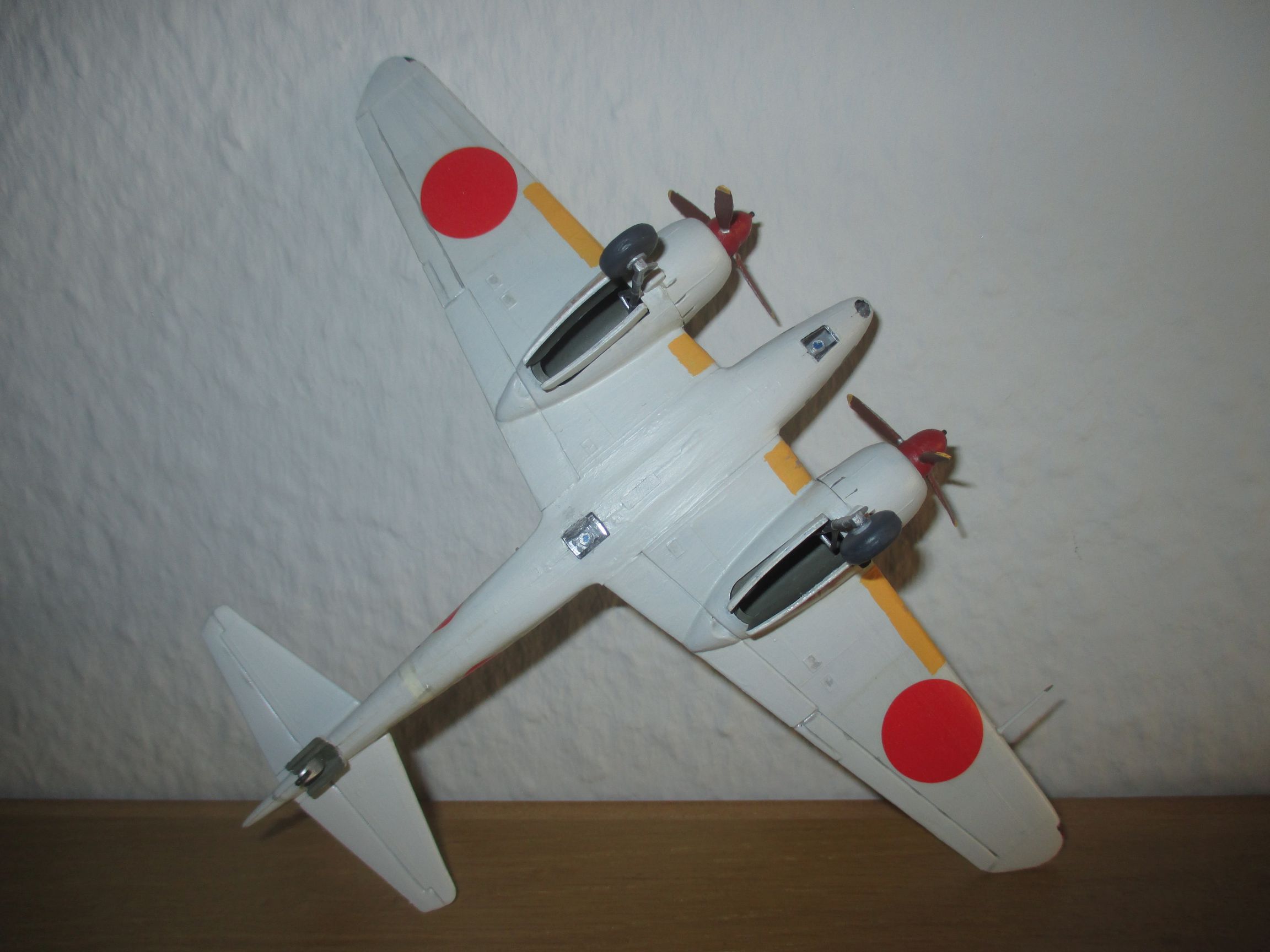
Designed by a team led by chief designer Tomio Kubo at the Mitsubishi Heavy Industries aircraft manufacturing plant, the mission of the 11.05 m long, 5,050 kg maximum two-seater all-metal low-wing aircraft with retractable landing gear was photo-based long-range reconnaissance. Most of the time, the reconnaissance aircraft flew over the sea: ship accumulations and movements, amphibious operations and the construction or operation of militarily relevant installations were the objects of the series of cameras and observation by the Ki. 46 squadrons which were directly assigned to the general staff. These reconnaissance flights with a radius of more than 1,200 km contributed significantly to the great operational successes of the Japanese in 1941/42 and accelerated the development of powerful fighter aircraft on the Allied side. With the appearance of the Grumman F6F Hellcat, the Chance Vought F4U Corsair, the P-47 Thunderbolt and the P-38 Lightning, and the Spitfire Mk V in the Pacific beginning at the turn of 1942/43, the Dinahs more frequently came within striking distance of radar-based defenses. The turn of the war and material superiority of the U.S. Army then made their missions increasingly difficult. Nevertheless, the type was successfully used until the Japanese surrender in 1945.
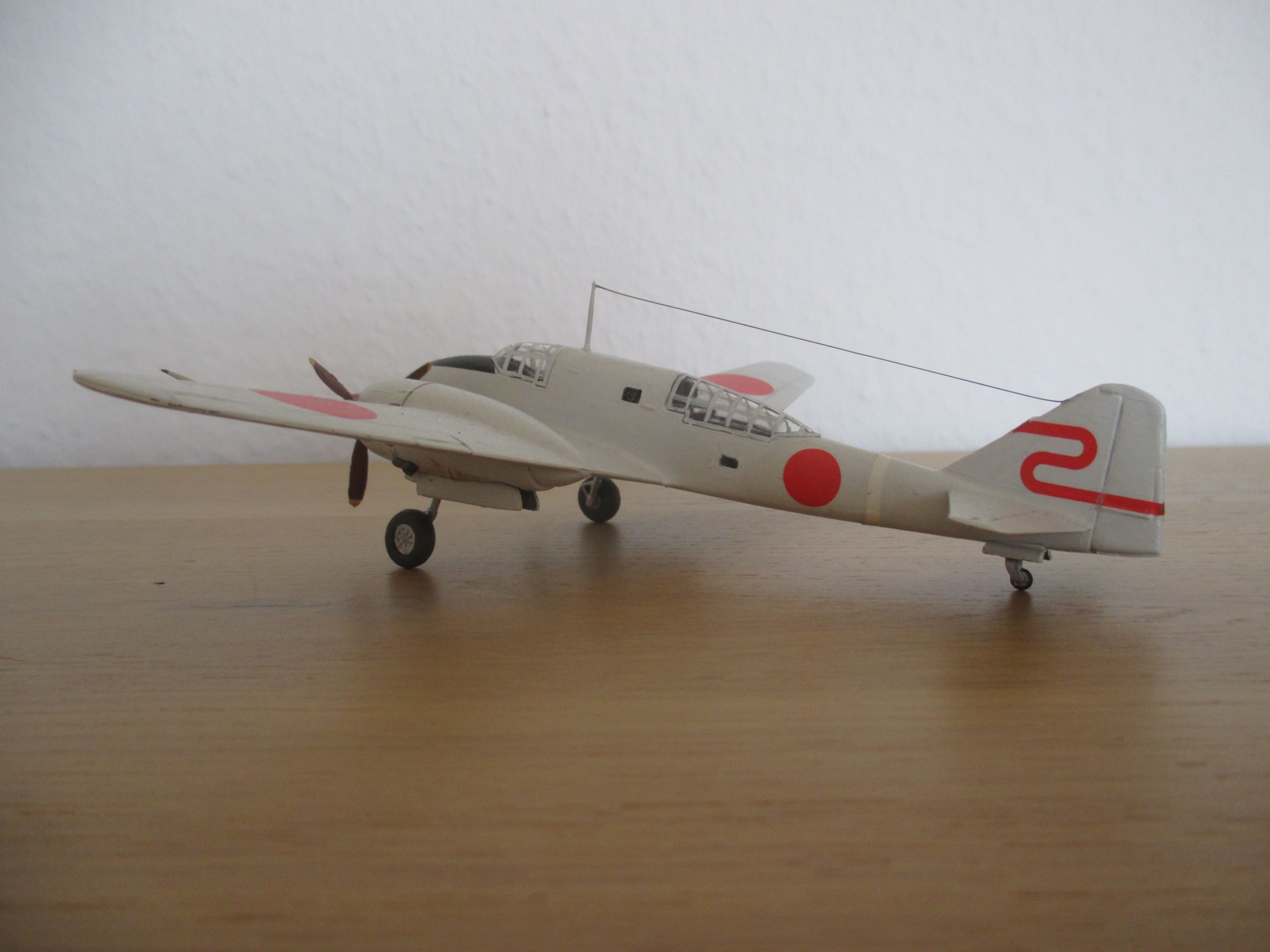
The Ki. 46 III of 1943, as a reconnaissance version with even higher performance, offered a top speed of 635 km/h and an aerodynamically perfect line with its fully glazed nose. Together with small series of armed heavy fighters and ground attack aircraft, that version brought the total number of aircraft built of this Far Eastern classic to 1,740.
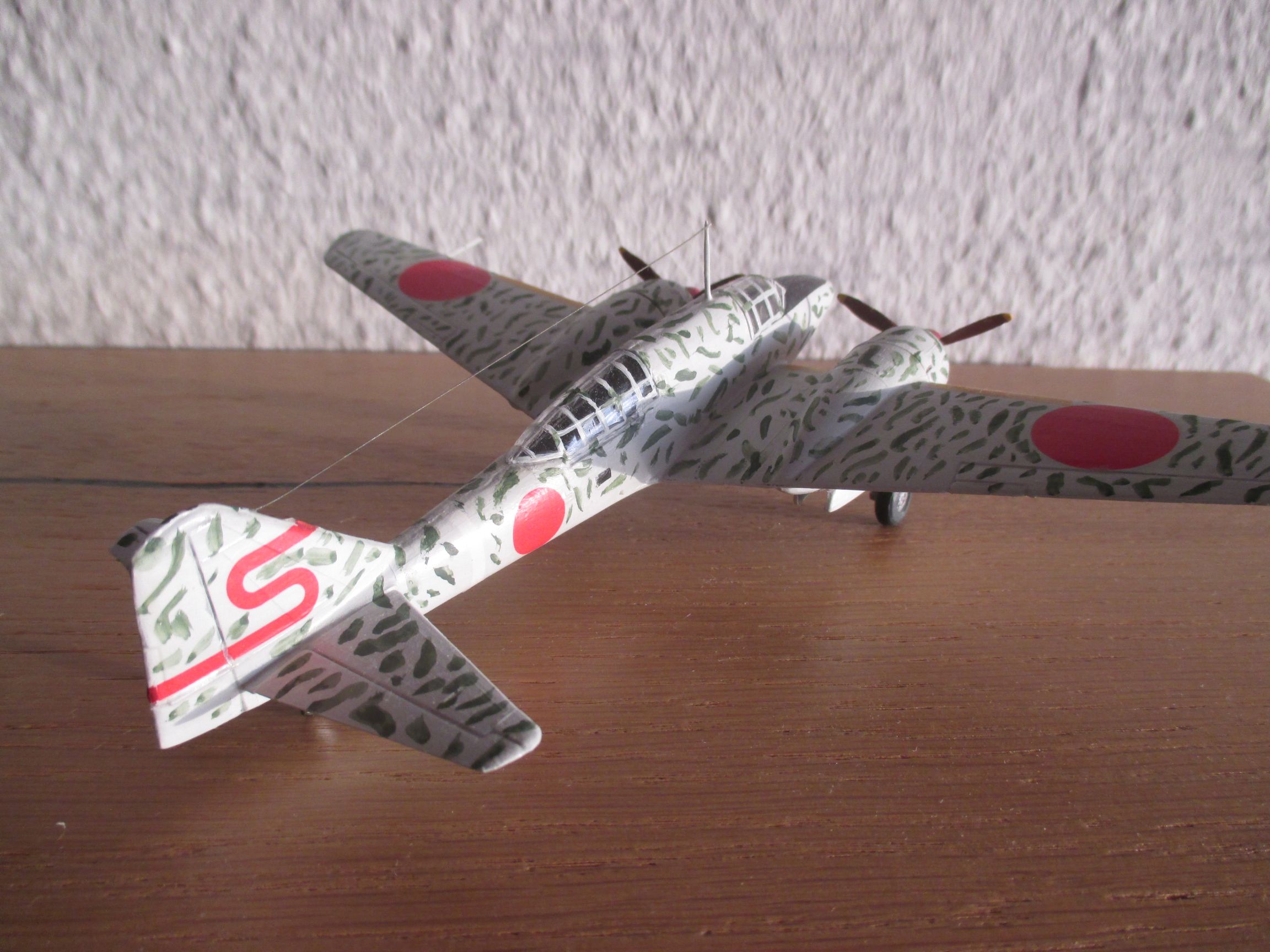
Did we arouse your curiosity? Then take a look at the museum! You will find us in Ulmer Straße opposite the Hanover exhibition grounds.
sb
